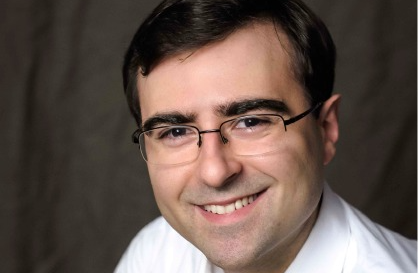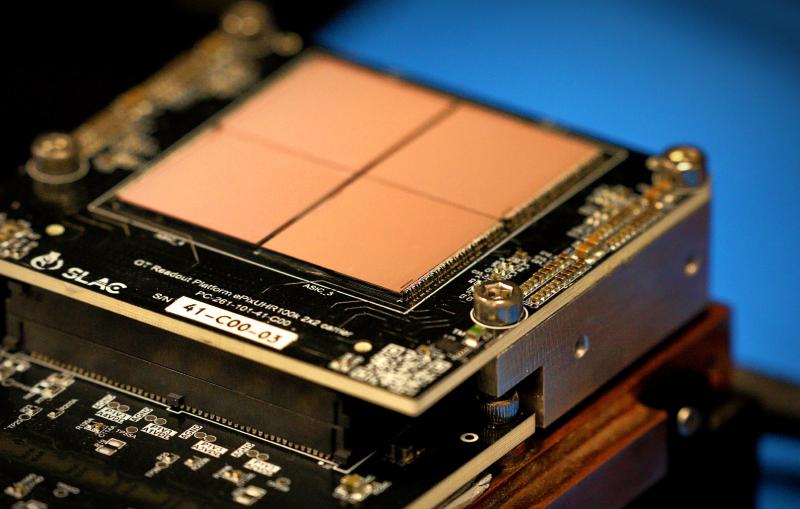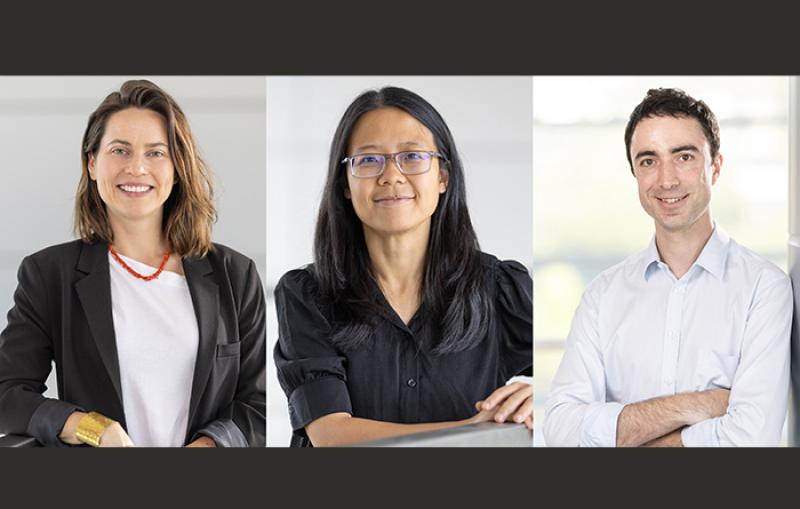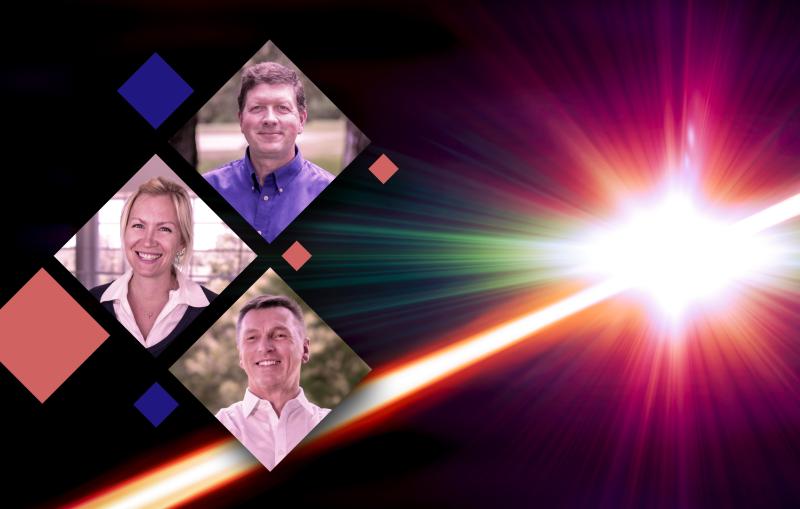Matteo Mitrano receives 2019 LCLS Young Investigator Award for pioneering new techniques to probe high-temperature superconductivity
Early career award recognizes Mitrano’s work in ultrafast X-ray scattering.
By Bobbi Fagone
Matteo Mitrano, an emerging investigator in the field of quantum materials, will receive the 2019 LCLS Young Investigator Award at the 2019 LCLS/SSRL Annual Users’ Meeting September 24-27.
This award is given to early-career scientists in recognition of exceptional research using the Linac Coherent Light Source (LCLS) X-ray free-electron laser at the Department of Energy’s SLAC National Accelerator Laboratory. The awardee is selected by the LCLS Users Executive Committee based on nominations from across the user community.

Unraveling a mystery
One of the greatest mysteries in condensed matter physics is the exact relationship between charge order and superconductivity in copper oxide (cuprate) superconductors. In superconductors, electrons move freely through the material; there is zero resistance when it’s cooled below its critical temperature. However, the cuprates can simultaneously exhibit superconductivity and alternating stripes of electric charge, known as charge order. This is paradoxical, because charge order describes areas of confined electrons. How can superconductivity and charge order coexist? How do electrons move within these phases?
In 2017, Mitrano, then a postdoctoral researcher, along with Professor Peter Abbamonte and their team from the University of Illinois at Urbana-Champaign, collaborated with scientists at SLAC to shed new light on how these very different states can exist right next to one another.
For this purpose, they conceived an experiment making use of a new X-ray scattering technique, time-resolved resonant soft X-ray scattering. The idea was to quickly perturb charge order with a laser and observe its relaxation towards equilibrium with X-rays to reconstruct its slow collective electron motion. This work enabled the team to probe charge order dynamics with an unprecedented energy resolution, and at an energy scale relevant to superconductivity. Some of their results were recently published in Science Advances.
“This technique will be one of the flagship experiments going forward for LCLS-II,” Giacomo Coslovich, SLAC staff scientist, wrote in his nomination letter. “Matteo’s experiments were some of the most successful to date in using this technique.”
Abbamonte wrote, “Matteo is an exceptionally talented experimentalist who is scientifically deep, has a clear vision for the future of spectroscopy, and the fearlessness to realize it.”
Driven by curiosity
“I am very honored by this award,” says Mitrano, who describes his research in layman’s terms as “the study of how electrons interact, how these materials work and how to control their properties with light.” This type of research is particularly useful, he says, for many kinds of energy applications, such as transmitting electricity over power grids with reduced energy loss.
Mitrano earned his PhD at the University of Hamburg for his work on ultrafast dynamics at the Max Planck Institute for the Structure and Dynamics of Matter. Later, he performed experiments at SLAC as a postdoctoral researcher with the University of Illinois at Urbana-Champaign.
“When you first come to SLAC, you are immediately impressed by the sheer scale of the facilities,” Mitrano recalls. “But what really makes the difference between LCLS and other facilities worldwide are the local scientists. From the accelerator physicists who operate the machine, to the scientists interacting with the users at the beamlines, everyone is top-notch.”
Discoveries still ahead
Going forward, Mitrano will soon join the faculty as an assistant professor of physics at Harvard University. He is interested in using ultrafast laser pulses to control the electronic properties of materials, leading to novel states far from equilibrium, and studying such states with advanced scattering methods. These experiments will benefit from the increased number of photons of the LCLS-II and will lead the research on quantum materials in new exciting directions.
“One aspect of physics research that I really like is the aspect of discovery,” Mitrano says. “When you find the unexpected, when you discover something new, it’s really satisfying. The pure excitement of these moments always revives in me a kind of childish joy. It doesn’t happen often. You really work hard for that single moment. But it’s always worth the effort.”
For questions or comments, contact the SLAC Office of Communications at communications@slac.stanford.edu.
SLAC is a vibrant multiprogram laboratory that explores how the universe works at the biggest, smallest and fastest scales and invents powerful tools used by scientists around the globe. With research spanning particle physics, astrophysics and cosmology, materials, chemistry, bio and energy sciences and scientific computing, we help solve real-world problems and advance the interests of the nation.
SLAC is operated by Stanford University for the U.S. Department of Energy’s Office of Science. The Office of Science is the single largest supporter of basic research in the physical sciences in the United States, and is working to address some of the most pressing challenges of our time. For more information, please visit science.energy.gov.





